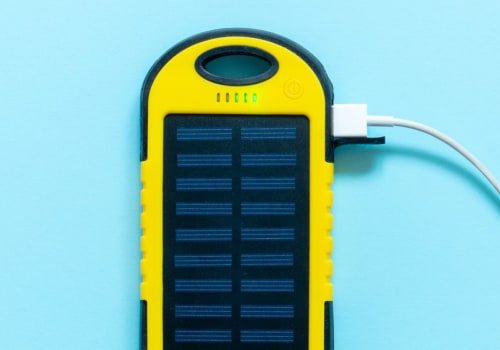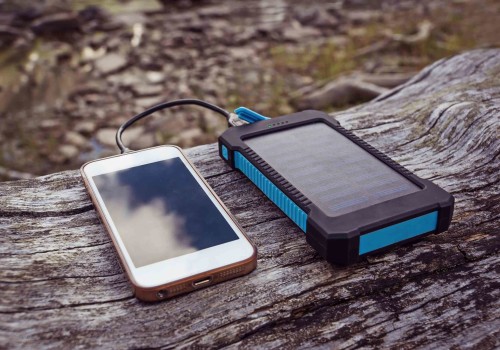Step-by-Step Process for Your Solar Project
Installing solar panels is an excellent way to reduce your electricity bills and lower your carbon footprint by tapping into clean, renewable energy from the sun. Whether you’re a homeowner or business owner, understanding the solar installation process can help you prepare and make informed decisions. This comprehensive solar installation guide walks you through each stage — from initial planning to system activation — so you know exactly what to expect.
Why Install Solar Panels?
Solar panels convert sunlight into electricity, offering numerous benefits:
- Reduce energy costs: Generate your own electricity and reduce utility bills.
- Environmentally friendly: Solar power is a clean, renewable resource that reduces greenhouse gas emissions.
- Energy independence: Decrease reliance on the grid and increase energy security.
- Increased property value: Homes with solar installations tend to have higher resale values.
Step 1: Initial Assessment and Planning
The first step to a successful solar installation is assessing your property’s suitability and planning the system:
- Energy usage analysis: Review your electricity bills to understand your current consumption and determine the size of the system you need.
- Site evaluation: Assess your roof’s condition, orientation, shading, and available space. South-facing roofs with minimal shading are ideal.
- Budget considerations: Determine your budget, factoring in equipment, installation, and any additional costs.
- Research incentives: Investigate local, state, and federal incentives that can help reduce costs.
Step 2: Designing the Solar System
Based on your assessment, the system design phase tailors the solar installation to your property:
- System size and capacity: Decide the number of panels and inverter size to meet your energy goals.
- Component selection: Choose solar panels, inverters (string, microinverter, or power optimizers), mounting hardware, and optional battery storage.
- Layout planning: Determine panel placement on the roof or ground mounts for optimal sunlight exposure.
- Permitting and regulations: Understand and prepare to meet local building codes, zoning laws, and HOA rules.
Step 3: Obtaining Permits and Approvals
Before installation, securing permits and approvals is critical:
- Building permits: Obtain permits from your city or county building department to ensure code compliance.
- Utility interconnection agreements: Arrange approval with your local utility company for connecting your system to the grid.
- Homeowners association approvals: If applicable, get HOA permission to install solar panels on your property.
Step 4: Installation Day
The installation process itself typically takes a few days and involves several key tasks:
- Mount installation: Professionals install mounting racks on your roof or designated ground area to support the solar panels.
- Panel placement: Solar panels are securely attached to the mounting system, oriented for maximum sunlight.
- Electrical wiring: Technicians connect panels to inverters, then to your home’s electrical system.
- Inverter installation: Inverters are installed to convert DC electricity from panels into usable AC power.
- System testing: The entire system is tested for safety and performance before activation.
Step 5: Inspection and Approval
After installation, local building inspectors and your utility provider typically perform inspections to ensure the system meets safety and technical standards. This process is necessary before your system can be officially activated and connected to the grid.
Step 6: System Activation and Monitoring
Once inspections are complete, your solar system can be turned on. Monitoring systems and software often come included, allowing you to track energy production, consumption, and system health in real time. Regular monitoring helps identify issues early and ensures your solar panels operate efficiently.
Additional Tips for a Successful Solar Installation
- Work with certified professionals: Hire experienced, licensed solar installers for safety and quality assurance.
- Plan for future needs: Consider battery storage or system expansion if you anticipate increased energy use.
- Maintain your system: Keep panels clean and schedule periodic inspections to maintain optimal performance.
- Understand warranties: Review manufacturer and installer warranties on panels, inverters, and workmanship.
Common Challenges and How to Overcome Them
While solar installation is straightforward, some challenges may arise:
- Roof condition: An old or damaged roof may require repairs before installation.
- Shading issues: Trees or nearby structures can reduce solar efficiency; consider trimming or alternate panel placement.
- Permit delays: Plan extra time for permitting to avoid installation delays.
- Unexpected costs: Be prepared for potential additional expenses like electrical upgrades or structural reinforcements.
Conclusion
Installing solar panels is an excellent way to embrace renewable energy and gain long-term financial and environmental benefits. By following this solar installation guide, you can navigate the entire process with confidence—from assessing your property and designing a system to installation and activation. Proper planning and working with qualified professionals ensure your solar investment delivers reliable, clean energy for years to come.










